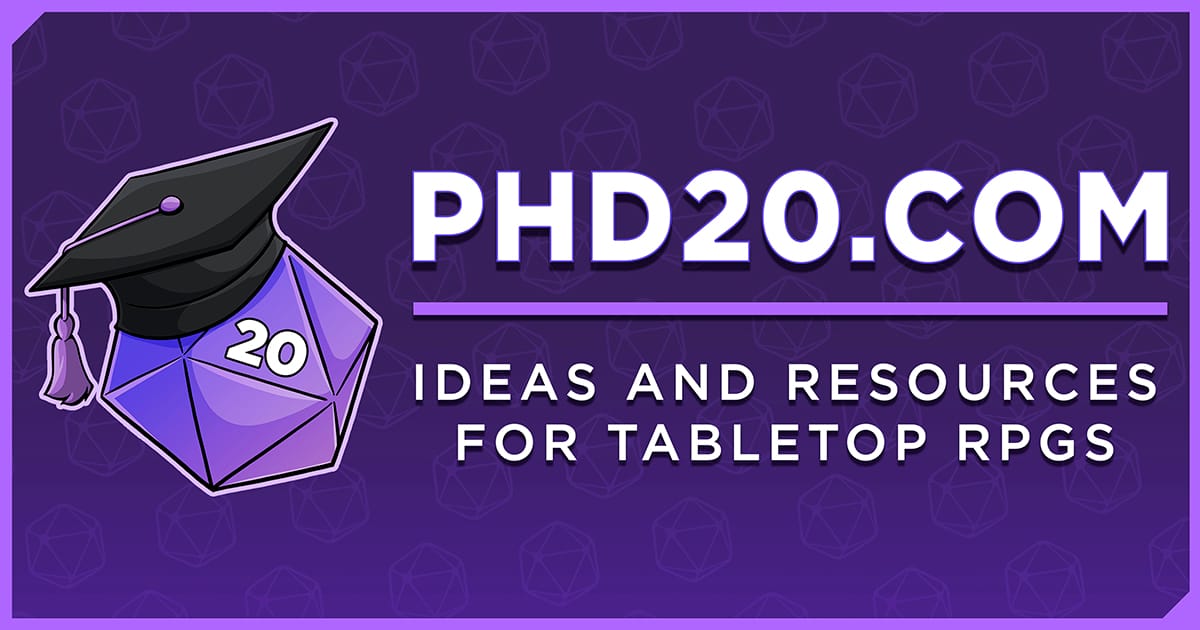Organizing Campaigns for D&D in Obsidian
How to organize multiple D&D campaigns in Obsidian.

When working with Obsidian for Dungeons & Dragons, some notes are easy to organize. You might have a note for each character and a folder for them all. But what about specific campaigns? What about characters across multiple campaigns? What about folders or tags? Let’s take a look at organizing RPG campaigns in Obsidian.
I start with a simple Campaigns folder. Within that, a folder for each campaign. My Campaigns folder looks something like this:
- A Candle in the Dark (folder)
- Aer (folder)
- Apotheosis (folder)
- Dawn of Truth (folder)
- Grand Design (folder)
- Legends of the Nentir Vale (folder)
- One-Shots (folder)
- Quest for Starfire (folder)
- Saturday Morning D&D (folder)
- Shadow & Sorcery (folder)
- Campaign Ideas (markdown file)
Organized Campaigns
Inside each campaign folder:
- Session Notes (folder)
- Campaign Overview (file)
- Homebrew Rules (file)
- Player Characters (file)
Depending on the campaign, there might be other artifacts (setting details, session zero, etc).
Session Notes contains a note for each session. These include both prep and recap.
Campaign Overview starts out with brainstorming ideas for the campaign. From there, I track major fronts and story arcs as they progress. I also include themes and ideas to reinforce them.
Homebrew Rules contains any homebrew or optional rules for this campaign.
Player Characters has a heading and information for each character. I usually track background, motivations, hooks, and secrets. I also track proficiencies, go-to powers or spells, and treasure preferences. Anything that can help me better the experience for that player character.
Tags
Beyond this folder, I also track campaign artifacts across the entire vault with a tagging system. It’s a simple nested tag of campaign followed by that campaign’s abbreviation. For my Quest for Starfire campaign, the tag would be #campaign/qfs.
I tag anything that was particularly important for each campaign. This includes locations, NPCs, items, events, organizations, session notes, and more.
This enables me to run powerful searches (like tag:#campaign/qfs tag:#npc) to return all NPCs in that campaign. Or Dataview queries to gather and reference important artifacts in an index note. I don’t need to keep the actual notes in a folder within this campaign to find them. This allows me to more easily reuse across campaigns (and that happens often in a shared setting).
Sample Dataview query:
list from #settlement and #campaign/qfs sort file.name ascFor now, this setup allows for the story of each campaign to have its own home. But opens up the possibility for sharing artifacts across campaigns. Tags allow for powerful indexing and easy searching.
With Obsidian Bases coming soon, this strategy is likely to evolve. Be sure to subscribe to the newsletter to stay in the loop. Become a Patron to watch the strategy evolve and get additional resources.
Game on.
